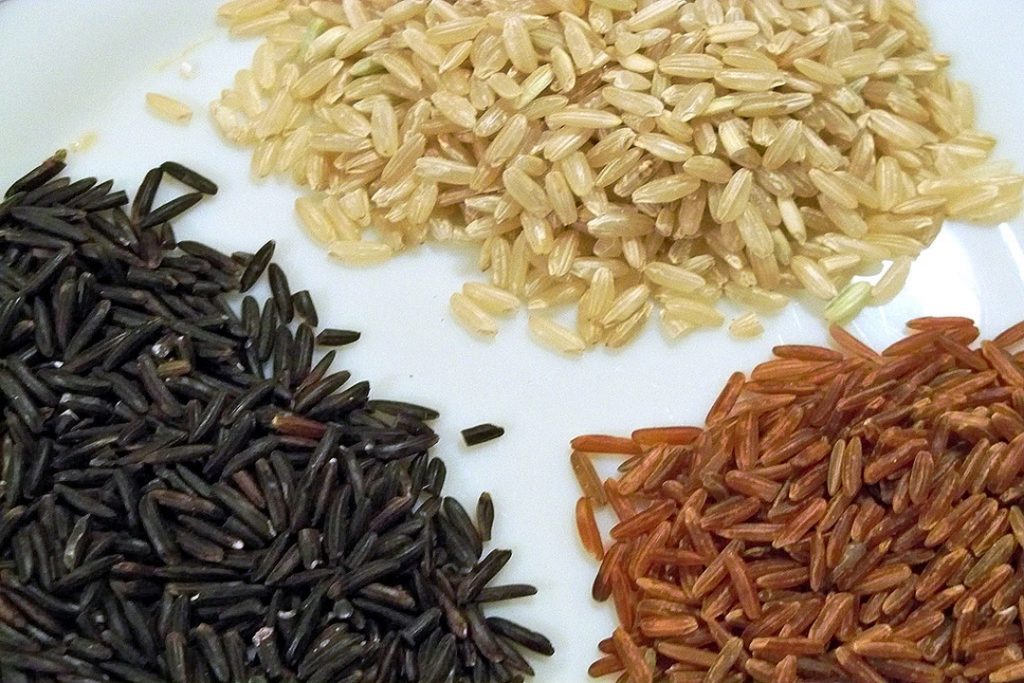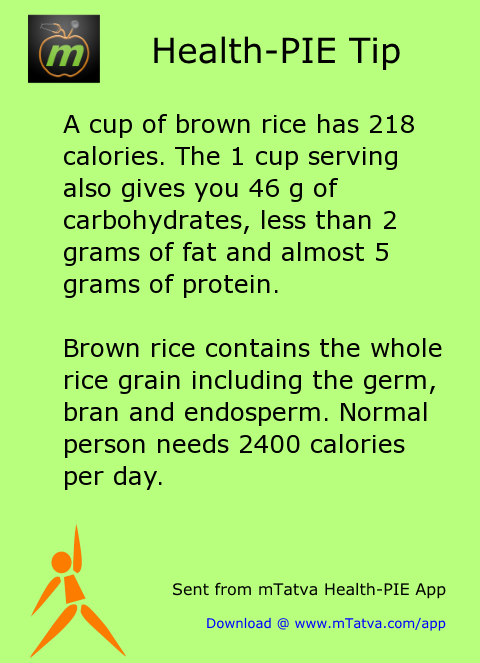
Contents
What is Brown Rice?
Brown rice is the whole grain with just the first outer layer (husk or hull) removed through milling. It retains its fiber and germ which contains vital nutrients.
How does it differ from White Rice?
White rice is brown rice that has been milled to remove the bran and much of the germ, reducing fiber and nutrient content drastically. The grain is further polished to take away the remaining layer of germ (called the aleurone layer) which contains essential oils.
Health Benefits
- It is rich in selenium which reduces the risk for developing common illnesses such as cancer as well as heart disease, inflammatory conditions and rheumatoid arthritis.
- One cup of brown rice provides over 80% of our daily manganese requirements. This mineral helps the human body create the important fatty acids that make healthy forms of cholesterol. It is also beneficial to the health of our nervous and reproductive systems.
- Naturally occurring oils are beneficial for the body as these heart-healthy oils are found in it and can help the body reduce LDL forms of cholesterol.
- Because of its fiber-richness and ability to keep healthy bowel function, it “keeps things moving” in a way that promotes weight-loss and metabolic function. After one bowl of brown rice, you’ll feel full despite eating a smaller portion.
- Whole Grain Brown rice is considered a whole grain since it hasn’t lost its “wholeness” through the refinement process. Whole grains are proven to reduce the buildup of arterial plaque and reduce the risk of heart disease and high cholesterol.
- One of the best-kept secrets regarding brown rice: We usually associate anti-oxidant rich foods with blueberries, strawberries and other fruits and vegetables. The antioxidant capacity of brown rice is right up there with these superstars.
- Studies have correlated the high use of whole grains like brown rice with lowered levels of colon cancer. This may be related to its high fiber content. Studies show that fiber actually attaches to cancer-causing substances and toxins, helping to eliminate them from the body, and keeping them from attaching to the cells in our colon. Brown rice also contains the necessary components to stabilize digestion, prevent/relieve constipation and promote proper elimination/bowel function.
- Unlike stripped rice, brown rice can help keep blood sugar stabilized as it releases sugars slowly and in a sustained fashion. This makes it a better option for diabetics, as compared to white rice. While studies in Asia have shown a link between the consumption of white rice and risk of type 2 diabetes, new research shows that individuals who eat at least two servings of brown rice weekly can reduce their chances of developing diabetes 2 by up to 11 percent. On the other hand, those who consume white rice regularly increase their chances of developing diabetes one hundred-fold.
- Perfect Baby Food Brown rice cereal or brown rice itself is the perfect choice for baby’s first food due to the dense natural nutrition and fiber it contains. This is a much better choice than refined white rice cereal products as rapidly growing babies and toddlers require nutrient-rich diets to help maintain rapid growth cycles.
- Candida Yeast Infections: Brown rice is the perfect adjunct for candida yeast infection treatments given that high glycemic and otherwise sugary/starchy foods are prohibited during most candida treatment protocols. The natural digestibility of brown rice coupled with the high fiber content can help sensitive digestive systems heal from an overgrowth of candida organisms.